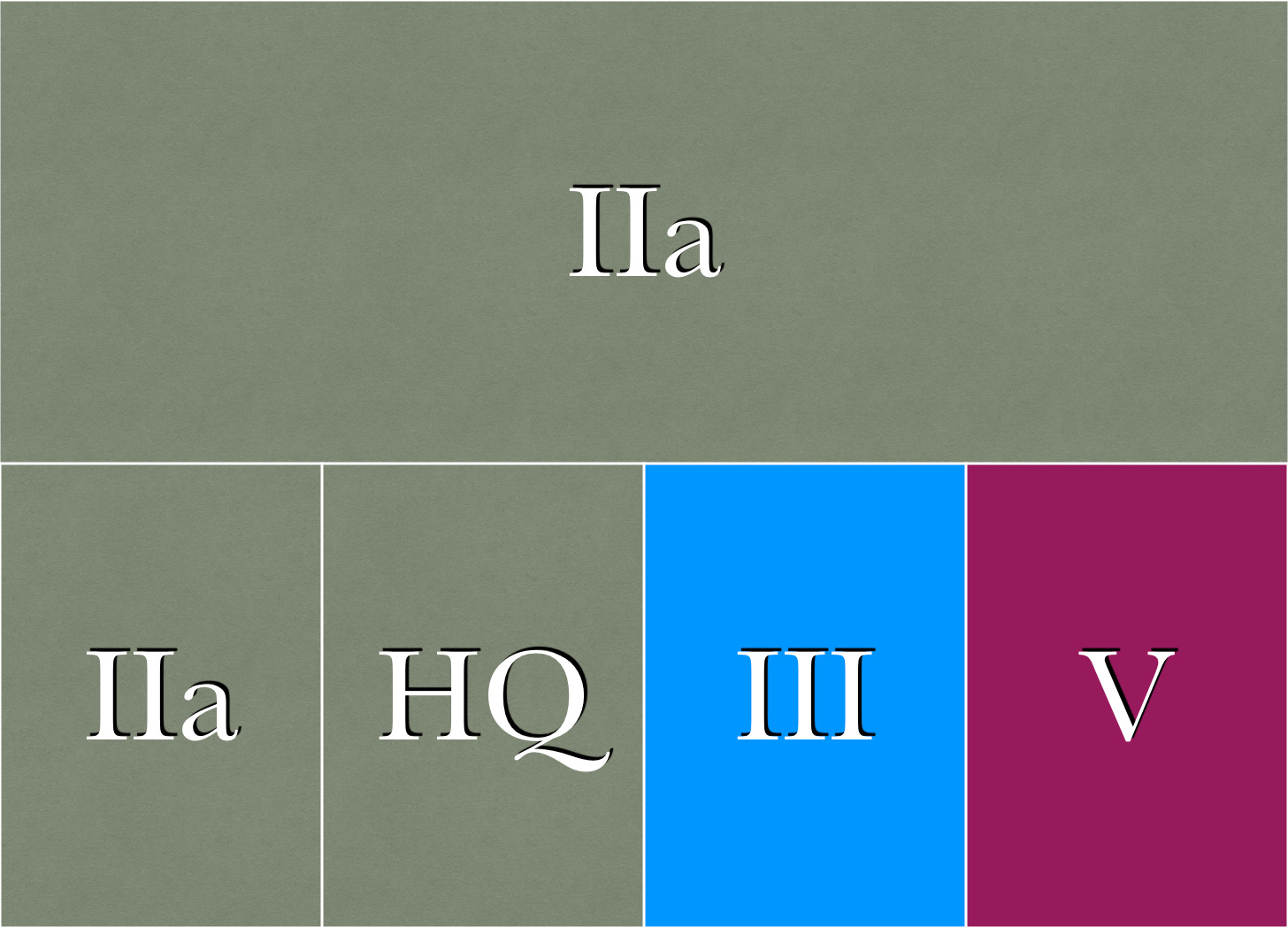The Adjudant of an Infantry Division
As seen by an American officer at the Kriegsakademie (1938)

On the eve of the Second World War, Captain Albert Coady Wedemeyer of the US Army attended the Kriegsakademie in Berlin. Soon after completing, in July of 1938, the two-year course for future officers of the German General Staff, he submitted a pair of reports. The first of these provided a précis of the approach that the German Army took to tactics, leadership, and organization. The second described, in considerable detail, Captain Wedemeyer’s observations of the curriculum he had followed.
In his second report, Captain Wedemeyer described the internal workings of the administrative staff of an infantry division. However, as most of this took the form of short notes laid out on a table, present-day readers may find it hard to make sense of the information. With that in mind, I am presenting the contents of the table in a form that, if all goes well, should prove more accessible.
In the problems worked by students at the Kriesgakademie, the staff of an ideal infantry division consisted of three sections. Two of these - operations (Ia) and logistics (Ib) - handled relations between the division and the outside world. The third dealt with the internal matters, things like pay, promotions, awards, assignments, courts martial, the work of chaplains, and the work of the division headquarters.
The officers who ran the two operational sections came from the General Staff. The head of the administrative section, who bore the title of Adjudant, did not. Thus, he lacked the prestige, panache, and privileges that came with membership in what was, among many other things, an exclusive club. The adjudant also received little in the way of attention from Captain Wedemeyer, who, being chiefly concerned with operational matters, paid greater attention to officers of the General Staff.
The administrative section (IIa) of the staff of an ideal infantry division consisted of four smaller sections, three of which were two-man shops. Thus, Section V (chaplains) consisted of two Feldgeistliche, one Catholic and one Protestant. Section III (military justice), boasted a military judge and a paralegal. Section IIa provided a home for the adjudant himself and his stenographer.
Of these six men, only one (the division adjudant) enjoyed the status of a military officer. Of the rest, two belonged to the sui generis category of military chaplains and three - the stenographer, the judge, and the paralegal - were classified as ‘armed forces officials’ [Wehrmacht Beamter].
Two ‘armed forces officials’, both of whom were paymasters, served in the headquarters section. There they rubbed shoulders with two officers, one of whom served as commandant of the division headquarters and one who commanded the guard force of the headquarters.
For Further Reading:






As a former acting Adjudant at an Infantry Division, I can positively state that the job still lacks the “prestige, panache, and privileges” that the other staff sections enjoy (Ops is Primus Inter Pares and always will be - Intel is always in the mix as no one likes the kind of surprises the enemy does - Logistics is part of the circle because no one likes to run out of fuel. Everyone else orbits around those folks). Additionally, unless there is a manning crisis the adjutant (G-1 if you prefer) still receives little in the way of attention unless the Chief of Staff or CG needs something.
I find it interesting that the chaplains, medics and paymasters were under the Adjudant as that is exactly how a U.S. Army staff is set up. We must have copied them or perhaps we all copied each other.
I'm enjoying reading this. My military experience was mainly this kind of non-combat stuff. More techie though. Still, I like to see this laid out.